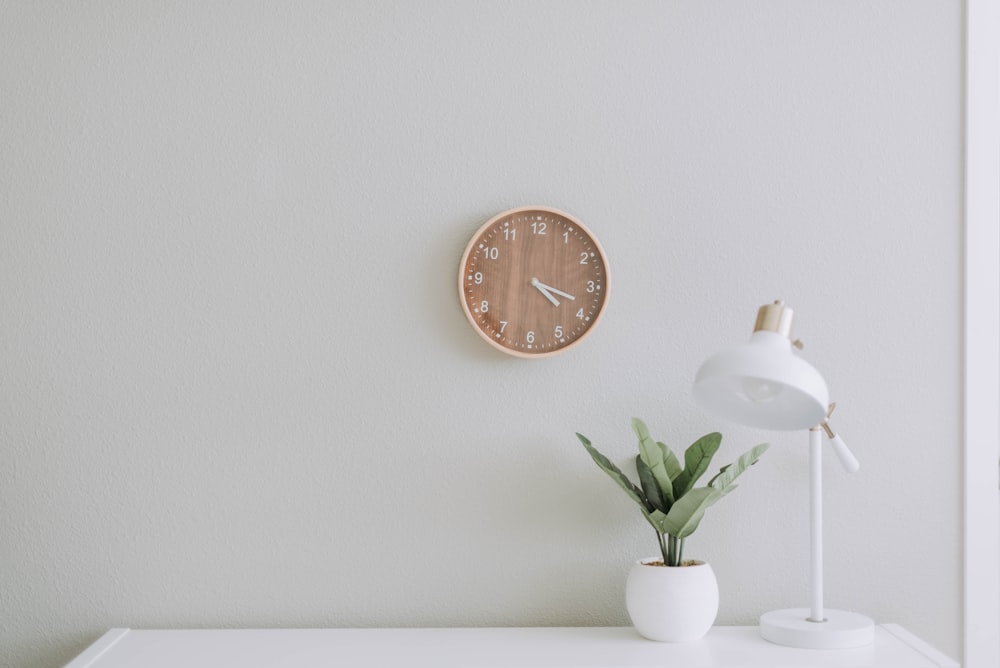The travel industry offers a world of opportunities for aspiring entrepreneurs, particularly through franchising. With the ever-growing demand for personalized travel experiences and the global shift towards more frequent travel, owning a travel franchise can be a lucrative venture. However, the journey to selecting the right travel franchise opportunities is fraught with challenges and complexities. This is where the expertise of a professional franchise consultant becomes invaluable.
Understanding the Travel Franchise Landscape
The travel industry is vast and diverse, encompassing various niches such as leisure travel, corporate travel, cruise planning, luxury vacations, adventure tours, and more. Each of these segments presents unique opportunities and challenges, making the decision of which franchise to invest in particularly critical.
For instance, a franchise focusing on luxury travel might offer higher profit margins but may require a more extensive marketing budget to reach high-net-worth individuals. On the other hand, a corporate travel franchise could provide steady business year-round but might involve complex logistics and client management. Without a deep understanding of these nuances, an entrepreneur could easily choose a franchise that doesn’t align with their goals, resources, or expertise.
The Role of a Professional Franchise Consultant
A professional franchise consultant acts as a guide through the intricate process of selecting the right franchise. Their role is multifaceted, encompassing market research, financial analysis, and personalized advice based on the entrepreneur’s strengths, interests, and financial capacity.
- Comprehensive Market Research: One of the most significant advantages of working with a franchise consultant is access to comprehensive market research. Consultants have a pulse on the latest trends, industry growth areas, and consumer demands. This knowledge allows them to identify franchises that are not only popular but also sustainable in the long term.
- Financial Analysis and Investment Advice: The initial investment required for a travel franchise can vary significantly. A franchise consultant assists prospective franchise owners in grasping the financial obligations, such as initial investments, recurring fees, marketing costs, and anticipated profits. By conducting a thorough financial analysis, they ensure that the chosen franchise aligns with the entrepreneur’s budget and financial goals.
- Customized Advice: Every franchise may not be ideal for every person. A professional consultant considers the entrepreneur’s background, experience, and personal preferences to recommend franchises that are the best fit. For example, someone with a passion for luxury travel might thrive in a high-end travel agency franchise, while another with a background in corporate logistics might find success in a business travel franchise.
- Navigating Legal and Contractual Obligations: Franchise agreements can be complex, with various legal and contractual obligations that might not be immediately apparent to a novice entrepreneur. A franchise consultant can help decipher these agreements, ensuring that the terms are fair and that the entrepreneur fully understands their rights and responsibilities.
- Ongoing Assistance: The engagement with a franchise consultant continues even after the franchise choice is made. Many consultants offer ongoing support, helping new franchisees navigate the challenges of launching and growing their business. This continuous guidance can be the difference between




